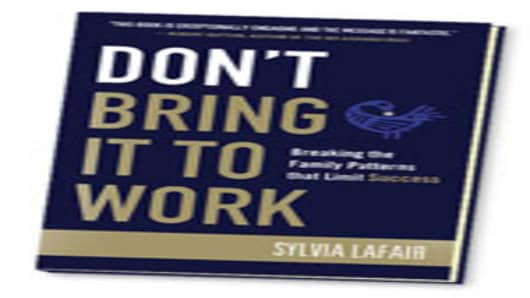Here is the ABC of creating an environment that will limit the childhood anxiety and stress from taking charge:
Authenticity: You want to encourage the safe expression of emotions. But you don’t want to overindulge it. A stiff upper lip culture buries the truth. Too much sharing and emotional give-and-take can pull you into a swamp of overthink and overtalk. Instead, help your employees learn to speak from an “I” place where they are accountable for their own behavior and will say what they think and feel without judging, blaming, or attacking others. We learned to protect ourselves as kids and played the “he did it, she did it, they did it” game which morphed into “CYA” in the workplace. While the first person “I’ model of expressing emotions is teachable, like eating exotic food, it takes getting used to.
Balance: Offices structured with excessive emphasis on rules create atmospheres of secrets and collusion. Those that are too flexible are filled with gossip and rumors. Let your workforce know what is non-negotiable up front. At the same time have a vehicle for dialogue when circumstances require a redefinition of priorities. Give employees an opportunity to be heard in a town hall meeting or smaller pods. As children we all learned how to manipulate the family system, either overtly or covertly to get what we wanted and we bring these behaviors to work with us. We were all looking for a way to be heard and acknowledged. Once employees are part of the dialogue it is surprising how willing they are to respond in an adult manner and go along with policies and procedures they have helped design.
Collaboration: Organizations that encourage overly open environments, where camaraderie takes the form of teasing or permitting snarly comments about others is disempowering. At the same time, discussing everything behind closed doors leaves little room for healthy group interaction or any real collegiality. This takes us all back to the playground where we were either part of the in group or not. Inclusion rather than exclusion is at the heart of healthy collaboration. Look for ways to bring diverse groups together, perhaps by setting up community based projects. Create a culture where the bottom line of relationships is “we are all in it together and no one wins unless we all do”.
It boils down to finding the way OUT. First, learn to OBSERVE behavior patterns that are getting in the way of creativity and collaboration. Next, UNDERSTAND where the behaviors originated.
Finally, use tools to TRANSFORM the patterns into their healthy opposites. Becoming pattern aware is the work of 21st century leaders.
_________________________





